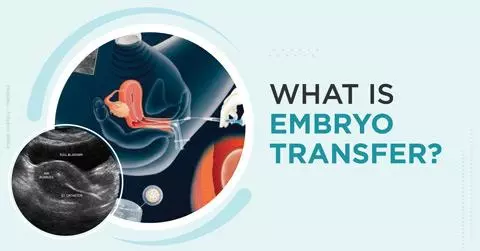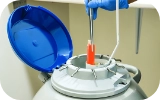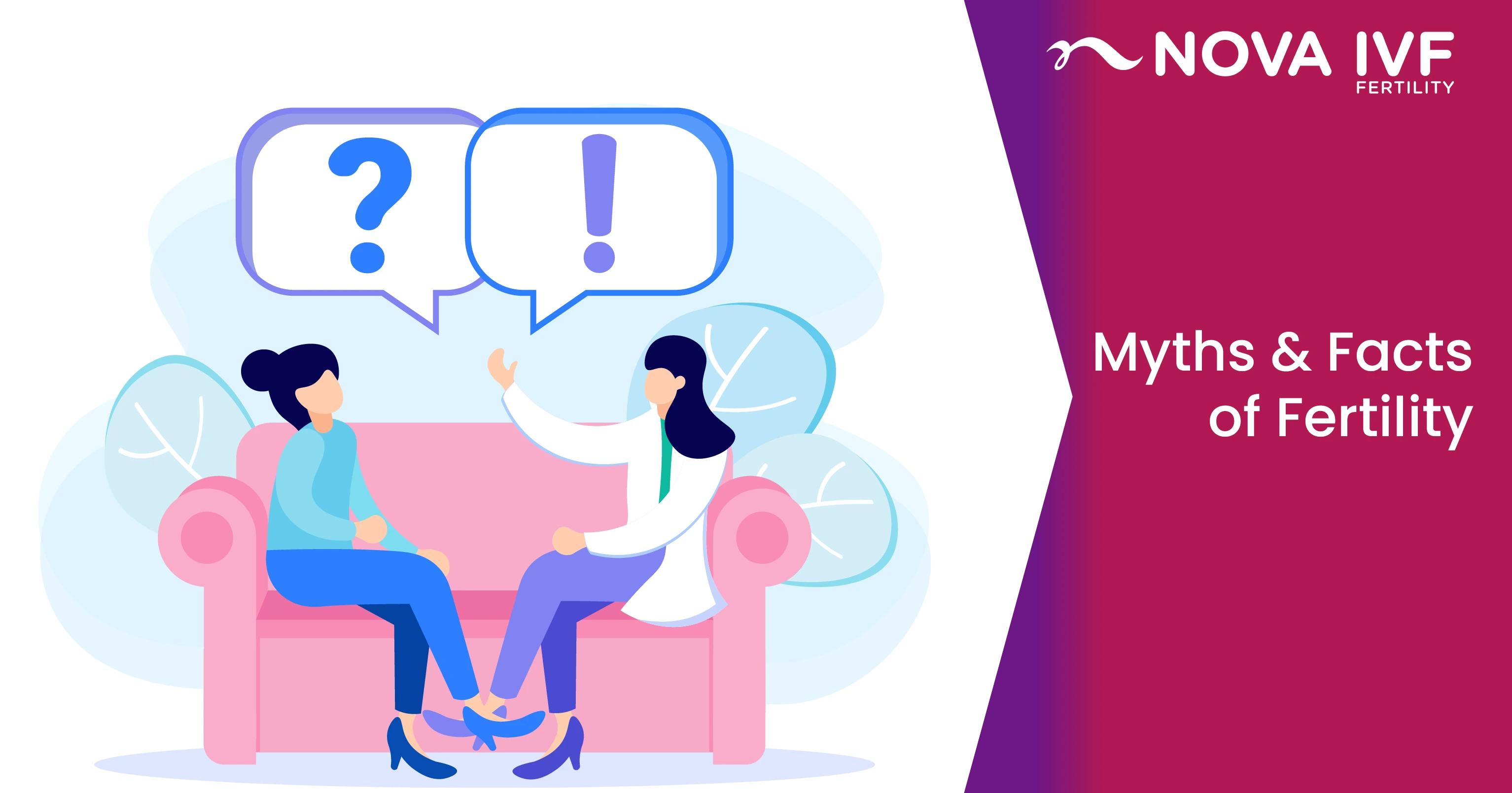Understanding Embryo Transfer: What It Is and How It Works

Embryo Transfer
Embryo transfer is the procedure performed to place the embryo in the uterus where its development will take place. It is a quick and simple procedure but also one of the most important steps in the IVF Lifecycle. It corresponds to the last process of IVF, after the fertilization of the gametes in a laboratory environment. Also, the choice of the appropriate ET catheter is crucial for successful implantation.
Preparations
Embryo transfer is routinely performed through the transcervical route. The quality and versatility of the ET catheters are essential to ensure a great user experience as gynecologists may encounter different patient conditions such as the presence of cervical mucus, acute uterine flexion, difficulty to pass through the internal os or different lengths of the cervical canal and uterus.
Evaluation of the uterine cavity prior to embryo transfer allows to determine the length and angle of the cervical canal, as well as the difficulty to access the uterine cavity, in order to choose the appropriate ET catheter.
In general, if the eggs are not frozen, the embryo transfer happens within 3 or 5 days after the collection of the genetic material.
As a result, patience and tranquility are important for the preparations to take place in the best way.
The recommendation is to drink plenty of water before the procedure so that the bladder is full. This way, the uterus remains straight and the ultrasound equipment can capture better images of the organ. A good vision of the uterine cavity contributes a lot to the success of the method.
When embryo transfer is needed
IVF and embryo transfer are required when natural fertilisation is not an option or is difficult to achieve. IVF can be done for a variety of reasons, including ovulation disorders, damage to fallopian tubes, endometriosis, premature ovarian failure, uterine fibroids, genetic disorders and impaired sperm production.
Various types of embryo transfer
The same procedure is followed every time to extract and fertilize the eggs during IVF. Once fertilization has occurred, there are several options for embryo transfer:
Fresh embryo transfer:After fertilisation, eggs are cultured for 3 to 5 days. The best embryos are chosen for direct transfer to the woman's uterus.
Frozen embryo transfer: Any healthy embryos that were not used in the first transfer can be frozen and stored for future use. These can be thawed and transferred in the uterus. In some cases, the first embryo transfer can also be a frozen embryo transfer if all embryos formed are frozen.
How does the embryo transfer work?
After the collection of gametes (eggs and sperm), they will be fertilized in a laboratory. After that, the resulting embryos are evaluated by a specialist who selects those with the best development potential to be transferred to the womb of the future mother.
The procedure is painless and quite simple. As a result, there is usually no need to anesthetise the patient. For comparison purposes, there is discomfort similar to that experienced during a Pap smear.
How many embryos can be transferred?
The answer to this question varies greatly depending on a number of factors. The main aspects that define the number of embryos that can be transferred are the age of the patient, associated medical conditions, patient’s choice and the receptivity of her endometrium.
According to the recommendations of the Federal Council of Medicine, four is the maximum number of embryos to be deposited in the uterus in one transfer. After all, a higher number of embryos transferred considerably increases the chances of multiple gestations, which can be dangerous for the mother and babies.
And after the embryo transfer?
After the embryo transfer, the patient can maintain her normal habits and routines. Work, studies and daily activities do not need to be modified as the embryo placed in the uterus is very similar to the natural process of pregnancy.
It is recommended, however, that women avoid stressful situations and high intensity and impact activities. And, as each patient has her own particularities, medical follow-up is indispensable. Remember that there are other aspects besides physical that need to be observed. Mental health and emotional balance are also important.
Waiting for the result:
This is the most awaited moment. After weeks of tests, consultations and medication, the last stage has arrived.
The Beta-hCG blood test is carried out 12 to 14 days after the embryo transfer to confirm pregnancy.
Try to stay calm and leave your worries and new steps to be taken until after the result. Consult our trusted doctor if you have any concerns during the assisted reproduction procedures.
Dr. Abhinay Singh Senger
Fertility specialist at Dehradun, Nova IVF
 Infertility Counselling
Infertility Counselling Female Infertility Treatment
Female Infertility Treatment Andrology Treatment
Andrology Treatment Fertility Enhancing Surgeries - Female
Fertility Enhancing Surgeries - Female Fertility Enhancing Surgeries - Male
Fertility Enhancing Surgeries - Male Endoscopy Treatment
Endoscopy Treatment IUI Treatment
IUI Treatment IVF Treatment
IVF Treatment ICSI Treatment
ICSI Treatment Advanced IVF Solutions
Advanced IVF Solutions Embryology
Embryology Vitrification Egg, Embryo, Sperm Freezing
Vitrification Egg, Embryo, Sperm Freezing Preimplantation Genetic Testing (PGT)
Preimplantation Genetic Testing (PGT) Donation Program Embryo / Egg / Sperm
Donation Program Embryo / Egg / Sperm












